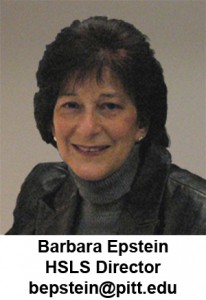 Libraries, by definition, are organized operations. We try to keep track of everything we do. We count our virtual and in-person visits, we count our loans, we count the number of reference questions received, and we count the number of educational sessions offered. We analyze whether these numbers are going up or down, and we scratch our heads to figure out what it all means.
Libraries, by definition, are organized operations. We try to keep track of everything we do. We count our virtual and in-person visits, we count our loans, we count the number of reference questions received, and we count the number of educational sessions offered. We analyze whether these numbers are going up or down, and we scratch our heads to figure out what it all means.
How has library use changed over the past decade? For one thing, our annual “gate count” (in-person visitors) has declined by 31% – from 553,156 in 1999 to 381,820 in 2009. We only started counting visits to our Web site a few years ago, but these have already zoomed up to more than 13 million page views annually. Users borrowed 40% fewer print monographs in 2009 than in 1999; the likely explanation is that today we have hundreds of e-books and databases available to users from desktop computers or mobile devices. These changes have led us to consider our Web site and electronic resources to be our “main branch.”
HSLS remains a leading national resource for interlibrary lending: we provided 26,032 articles in 1999. By 2009, this number increased by 30% to 33,735, the largest number of loans provided by any academic health center library in the US or Canada. During the same period, the number of articles we borrowed from other libraries decreased by 15% (from 3,811 to 3,223), demonstrating the strength of our collection in meeting your information needs.
We are doing much more teaching and instruction than we used to do. In 1999, librarians taught 1,985 users in 183 classes or orientations. This number more than quadrupled to 9,398 attendees at 458 educational sessions in 2009, while the number of total HSLS staff remained about the same. Ten years ago, instruction was always face-to-face; last year, 6,185 library users took advantage of the 59 online tutorials accessible from our Web site.
Our ongoing statistical recordkeeping helps us to identify trends and potential problems. Keeping track of our past and present stats is an indispensible part of planning for the future.